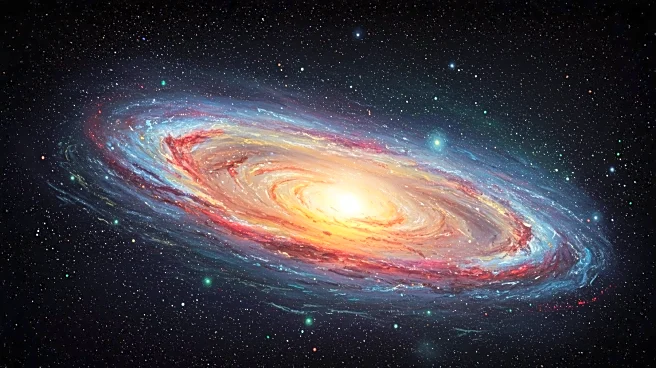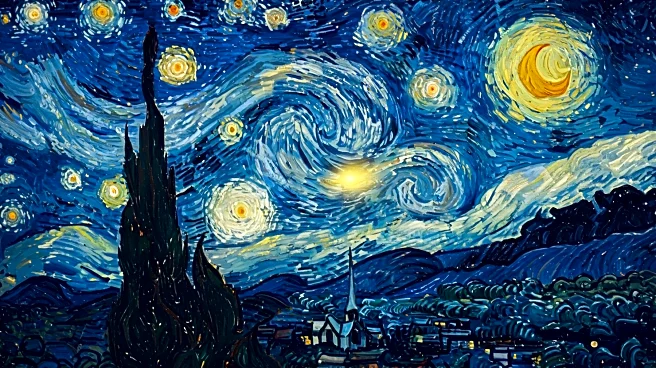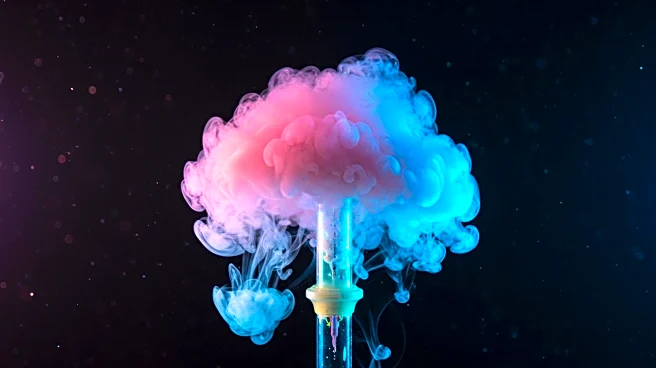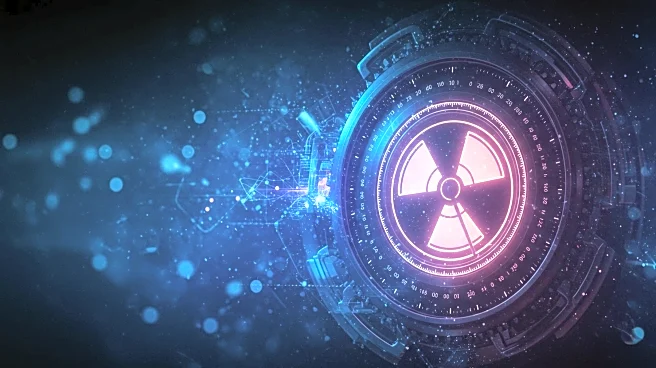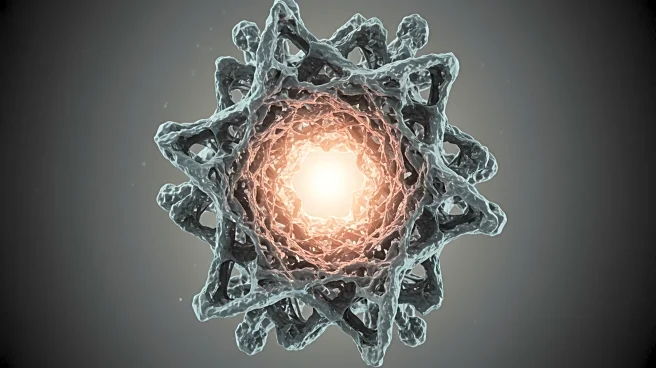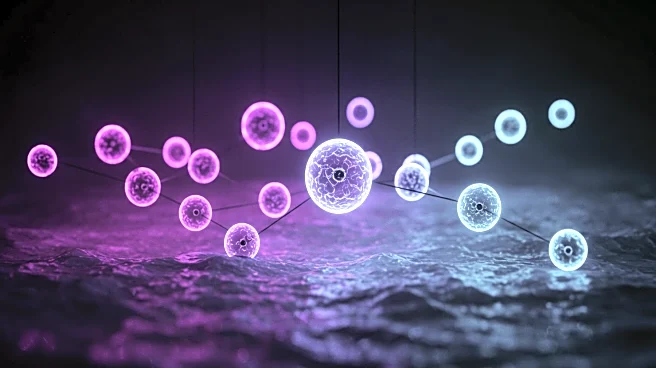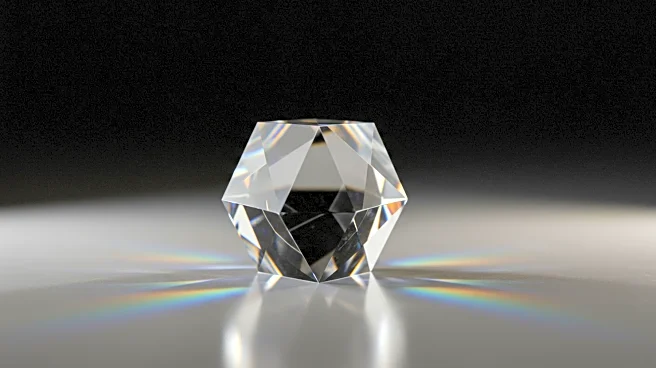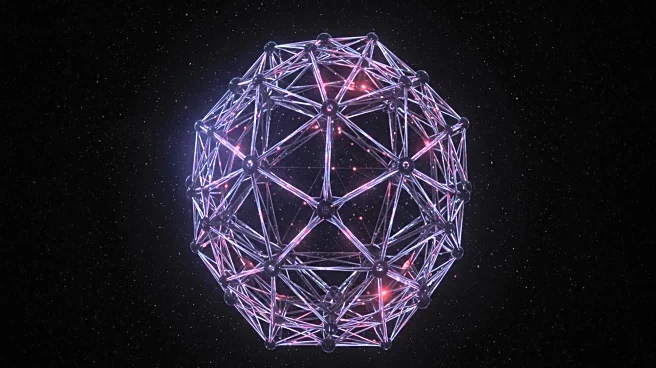What is the story about?
What's Happening?
Researchers have identified a rare quantum phenomenon within Vincent van Gogh's iconic painting, 'The Starry Night.' The swirling patterns in the painting resemble exotic vortex patterns produced by quantum Kelvin-Helmholtz instability (KHI), a scientific phenomenon involving fluids of different densities moving at varying speeds. This discovery was made by physicists at Osaka Metropolitan University and the Korea Advanced Institute of Science and Technology. The study, published in Nature Physics, describes how KHI in quantum fluids results in eccentric fractional skyrmions (EFS), a new type of swirling magnetization pattern. The crescent-like shapes of EFS contain embedded singularities, which are points where the usual spin structure breaks down, creating sharp distortions. The researchers drew parallels between these patterns and the crescent moon in 'The Starry Night,' highlighting the painting's scientific significance.
Why It's Important?
This discovery underscores the intersection of art and science, revealing how Van Gogh's work can provide insights into complex scientific phenomena. The identification of quantum patterns in 'The Starry Night' suggests that art can serve as a medium for understanding and visualizing scientific concepts. This finding may inspire further interdisciplinary studies, encouraging collaboration between artists and scientists. Additionally, it highlights Van Gogh's intuitive grasp of natural dynamics, which could influence future research in both art history and physics. The study also contributes to the broader understanding of quantum fluid dynamics, potentially impacting fields such as material science and nanotechnology.
What's Next?
The research may lead to further exploration of quantum phenomena in art, prompting scientists to examine other artworks for similar patterns. This could open new avenues for studying the relationship between visual art and scientific principles. Additionally, the discovery of eccentric fractional skyrmions may have implications for developing advanced materials and technologies, as understanding these patterns could lead to innovations in magnetic storage and quantum computing. Researchers may also investigate the potential applications of these findings in practical scenarios, such as improving fluid dynamics models or enhancing visualization techniques in scientific research.
Beyond the Headlines
The revelation of quantum phenomena in 'The Starry Night' raises questions about the role of intuition and observation in artistic creation. It suggests that artists like Van Gogh may possess an innate ability to capture complex natural processes, which could be explored in psychological and philosophical studies. This discovery also invites reflection on the cultural and historical significance of art as a tool for scientific inquiry, potentially influencing educational approaches that integrate art and science. Furthermore, it may inspire a reevaluation of how art is perceived in relation to scientific advancements, fostering a deeper appreciation for the interconnectedness of these fields.
AI Generated Content
Do you find this article useful?
